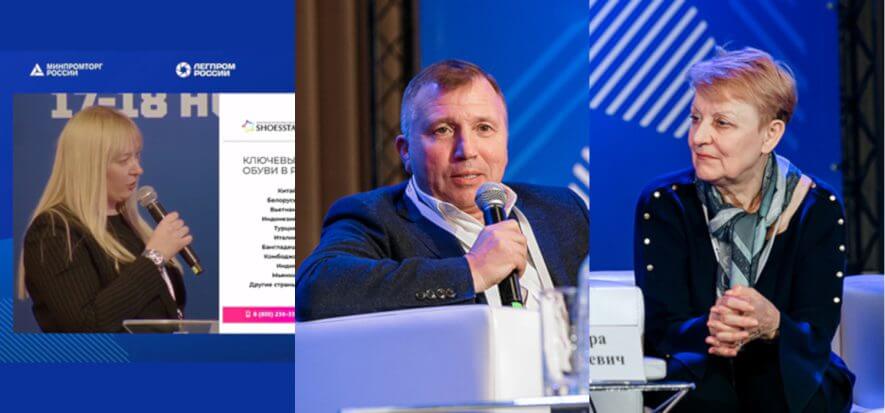Russia, isolated by international sanctions, has to do without Italian leather and leather goods (and more). It’s not a problem for Moscow. Or at least not as far as volume goes: because national production is growing, along with imports from China. What the Russian Federation’s marketplace is missing is quality. And the participants of Russia’s light industry forum “Manufaktura 4.0” call for investments to increase the quality of national manufacturing. This is the summary of the talk with an emblematic but clear title: “The leather industry: is it possible to sow Russian leather in our country rather than Italian leather in China?”. Here are the key messages from fashioexpo.ru.
Who goes on without Italian leather
Alexandra Sakaeva (director of tradeshow Shoesstar)
“At the end of 2022, thanks to increases in prices, the Russian footwear market will surpass the record levels of 2021: 301.3 billion rubles (about 4 billion euro) for 13.1 million pairs. Internal production grew by 16% during the first semester of 2022 on yearly basis. Imports from the USA decreased 87%, Germany -59%, France -75% and Italy -35%. Overall, imported shoes make up 79.3% of the offering. Made-in-China products represented 69.3% of the imported pairs (a percentage destined to increase), while another 14.6% comes from Belarus”.
Igor Surin (president of Rsko and general director of tannery Russkaya Kozha)
“Starting January 2023 it will be impossible to supply finished leather to Europe. Deliveries in Asia are increasing, but the higher exchange rate of the ruble has made these exports non-profitable”. Surin said that “it’s not profitable for him to manufacture shoes in Russia, where there are no large production centers. There is a need for a strategy that allows for the creation of new footwear plants in the short term”.
Sergey Sarkisov (vice-president of Novard Group of Companies-Ekonika)
“There are only 2 or 3 producers able to manufacture high-level products that follow our demands. It’s hard to claim that Russian shoes are competitive”.
Alexandra Andrunakievich (CEO of RSKO- Russian Union of tanners and footwear manufacturers)
“I don’t consider the fact that European brands have left our country concerning. European shoes only represent 10% to 12% of overall imports. Duties on imported shoes are too low, and that’s a problem because we don’t protect our internal production. If we want to grow local manufacturing, we need to extend government aid, until now given to SMBs, to larger companies as well, as they account for half of the Russian production”.
In photo, from Fashion Expo, some of the forum’s moments
Read also:










